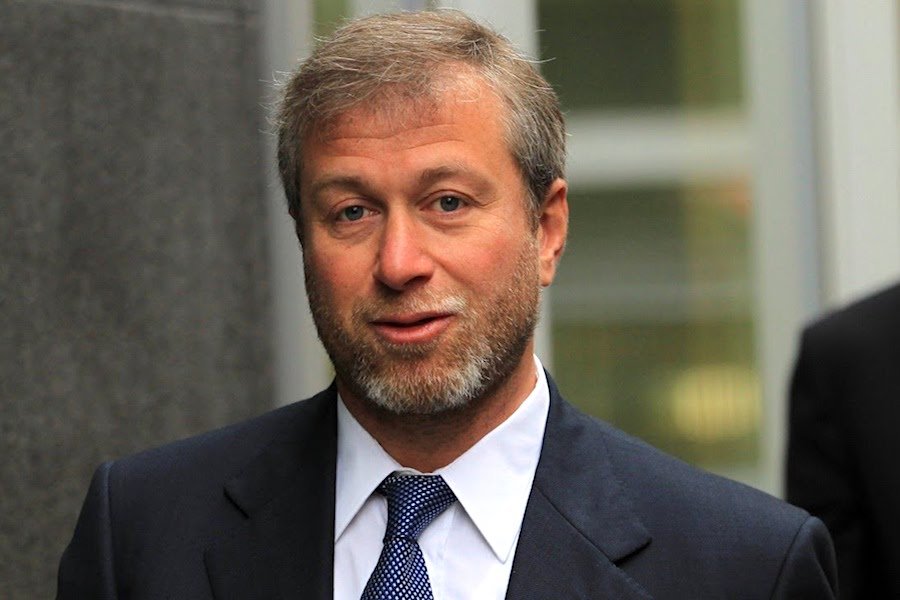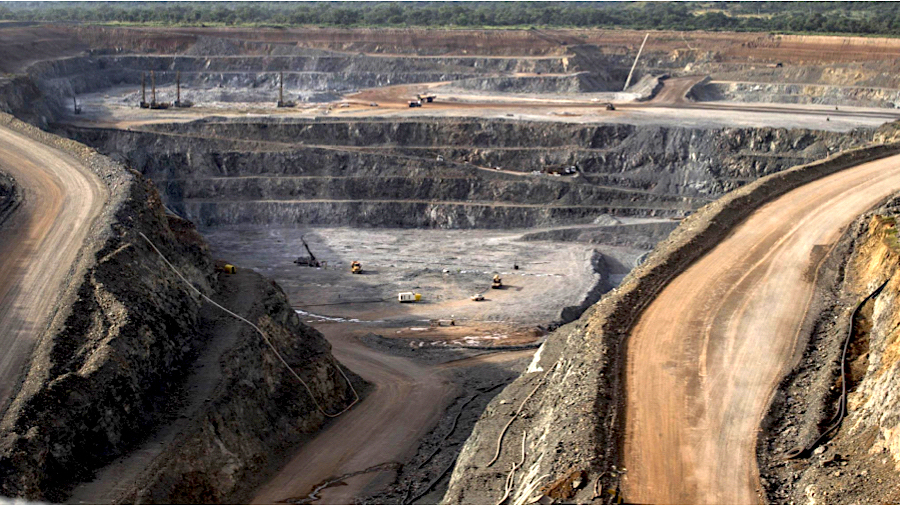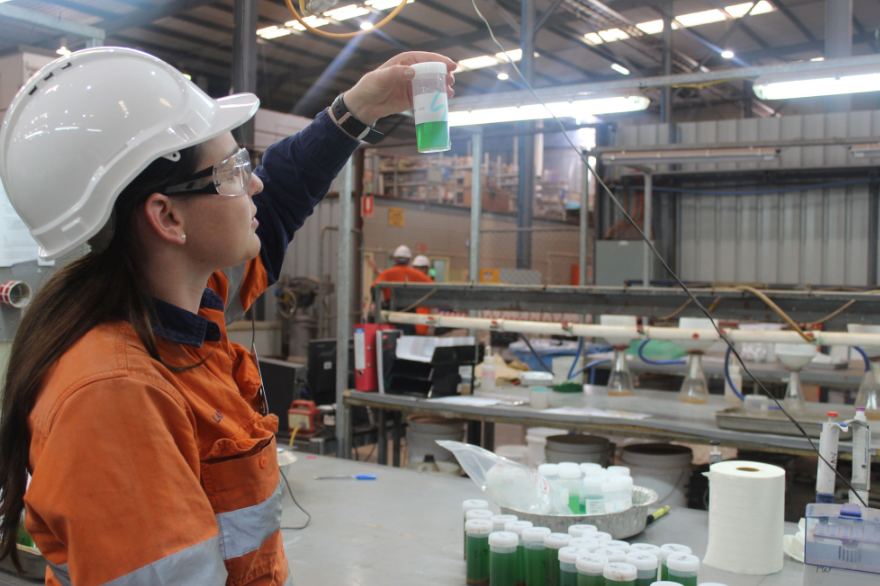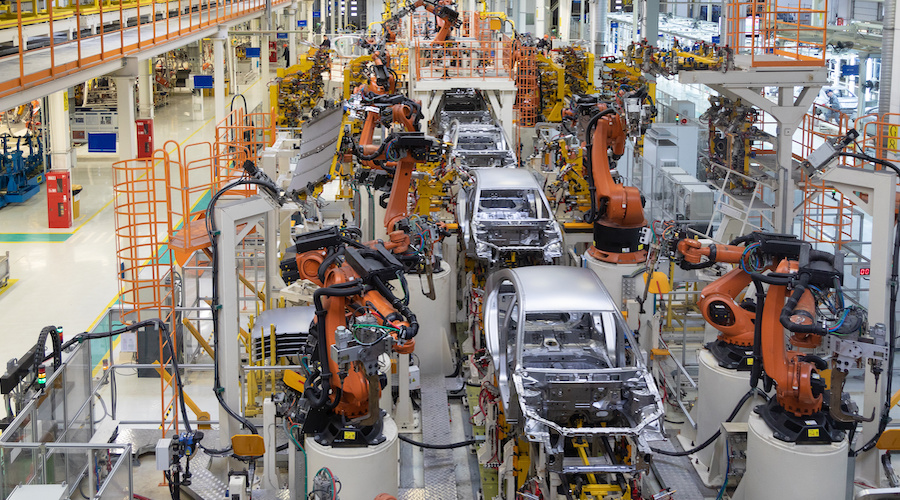BY SUZAN FRASER
February 14, 2024
ANKARA, Turkey (AP) — Authorities on Wednesday detained four people in connection with a massive landslide that engulfed a gold mine in eastern Turkey, leaving at least nine workers missing, Turkish state media reported.
The landslide struck the Anagold Madencilik company’s Copler mine in the town of Ilic in Turkey’s mountainous Erzincan province on Tuesday. A video, seemingly shot by a worker, showed a huge mass of earth rushing down a gully, overrunning everything in its path. The landslide involved a mound of soil extracted from the mine, Interior Minister Ali Yerlikaya said.
More than 800 search and rescue personnel, including police and military teams, mine rescuers and volunteers, were deployed to search for the nine missing personnel, Yerlikaya said.
Other workers at the mine have also joined the efforts to rescue their colleagues, while families of the missing waited in an area close to the mine for news of their loved ones, Haberturk television reported.
READ MORE
9 gold mine workers are missing in Turkey after a landslide that carries environmental risks
Police, meanwhile, detained four senior mine officials, including the field manager, as part of an investigation into the disaster, national broadcaster TRT reported
Speaking during a visit to Egypt, Turkish President Recep Tayyip Erdogan said the search and rescue mission would continue until all of the mine workers are found.
“Search and rescue efforts for these nine brothers are continuing intensively,” Erdogan said. “The efforts will continue until we reach the workers.”
Yerlikaya later told reporters that five of the missing workers were believed to be near or inside a metal container when the landslide hit. Three others were either inside or close to a vehicle, while another was inside a truck, he said, adding that rescuers were using radar detection devices to try to locate the missing.
Experts have warned that the landslide may carry environmental risks. Geologist Suleyman Pampal said the soil that formed the landslide had been processed for gold and may contain dangerous substances such as cyanide that is used to extract gold. He also warned of a threat to the nearby Euphrates River.
The Environment Ministry said in a statement that a stream leading to the Euphrates was closed to prevent water pollution. Erzincan Gov. Hamza Aydoglu also said there was no leakage into the waterway.
The mine was closed down in 2020 following a cyanide leak into the river, which stretches through Turkey, Syria and Iraq. It reopened two years later after the company was fined and a cleanup operation was completed.
Energy Minister Alparslan Bayraktar said the mine was last inspected in August.
“During their inspections, they did not find anything relating to the mining accident that took place yesterday,” Bayraktar told reporters near the site. “Our investigation into what may have caused the accident is continuing.”
Turkey has a poor mine safety record. In 2022, an explosion at the Amasra coal mine on the Black Sea coast killed 41 workers. The country’s worst mining disaster took place in 2014 at a coal mine in Soma, western Turkey, where 301 people were killed.
In the wake of those incidents, engineers warned that safety risks were frequently ignored and inspections not adequately carried out.







